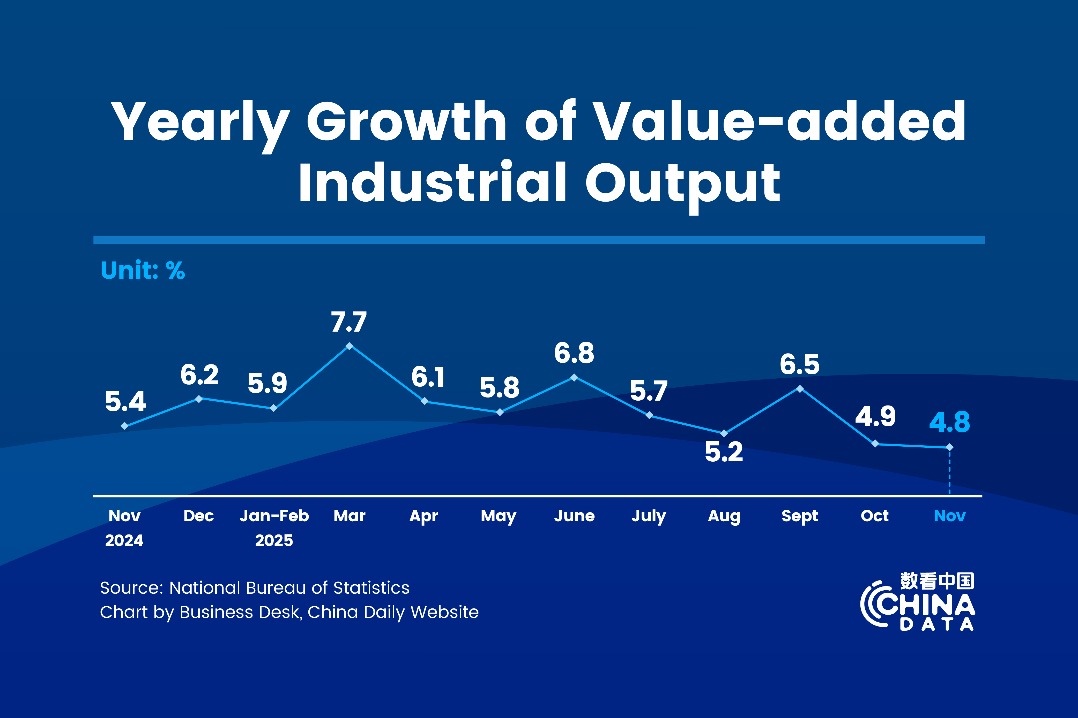Shenzhen at the vanguard of low-carbon development


New online platform
In November, the city unveiled a plan for building an inclusive carbon system that aims to promote low-carbon production among small and micro-sized enterprises and the adoption of a green lifestyle among individuals by grading, and providing incentives for carbon reduction behavior.
As part of the drive, an online platform jointly set up by the Shenzhen Municipal Ecology and Environment Bureau, the China Emissions Exchange and Tencent was launched in December.
The platform, called Blue Planet, is a mini-program on popular instant messaging and social media app WeChat that calculates residents' reduction in carbon dioxide emissions when they take public transportation. Users will be granted carbon credits in their personal carbon accounts and given incentives for green travel.
While each person can save 26.9 grams of carbon dioxide emissions per kilometer by taking purely electric buses, the figure for taking the subway is 46.8 grams, based on the city's calculation method.
Since Blue Planet came into service, total visits have hit 1.5 million, and the number of users has reached 800,000, said Chen Le, who is responsible for running the project at Tencent.
Chen said the company is also working with the Shenzhen Municipal Ecology and Environment Bureau to expand the program to cover more scenarios.
"We also hope to carry out wider cooperation and to export Shenzhen's innovative mode to other cities and areas," she added.




































